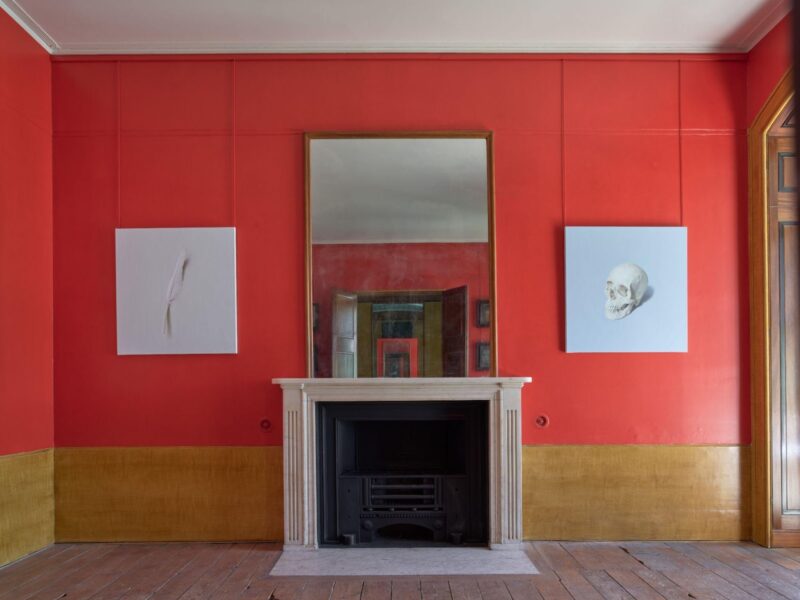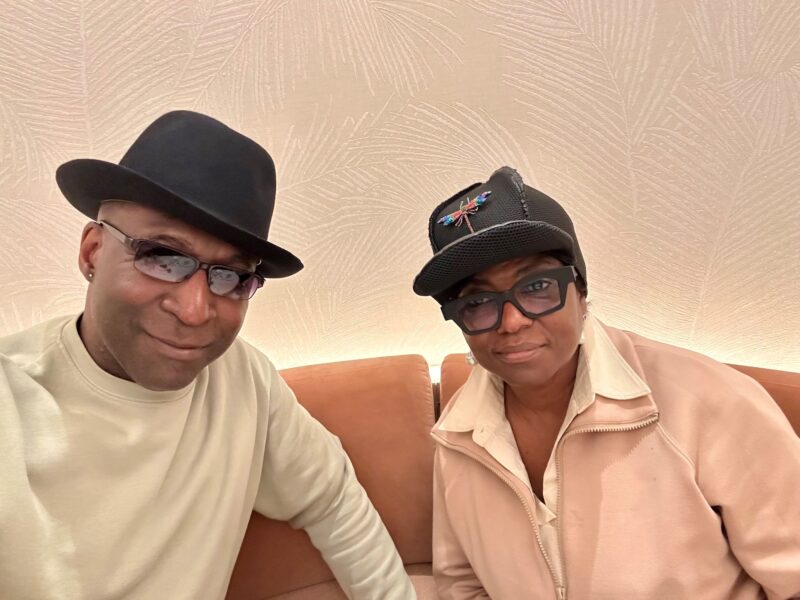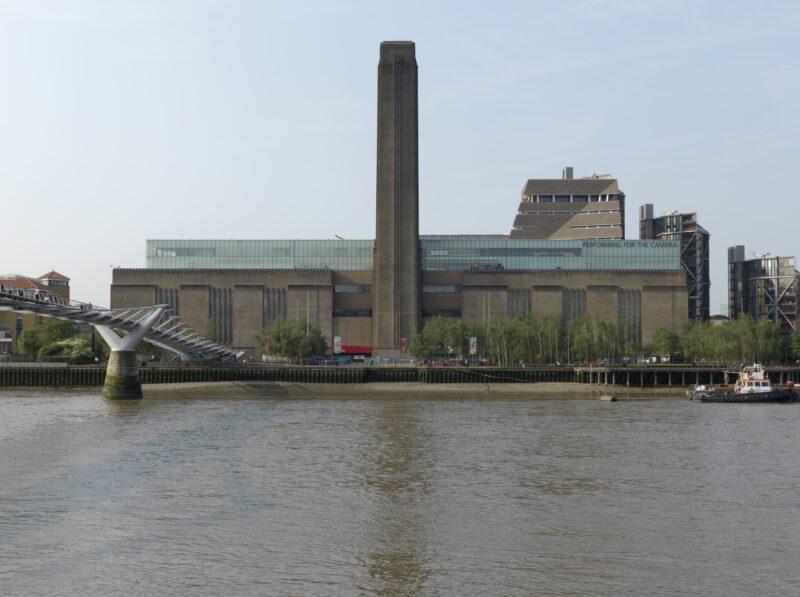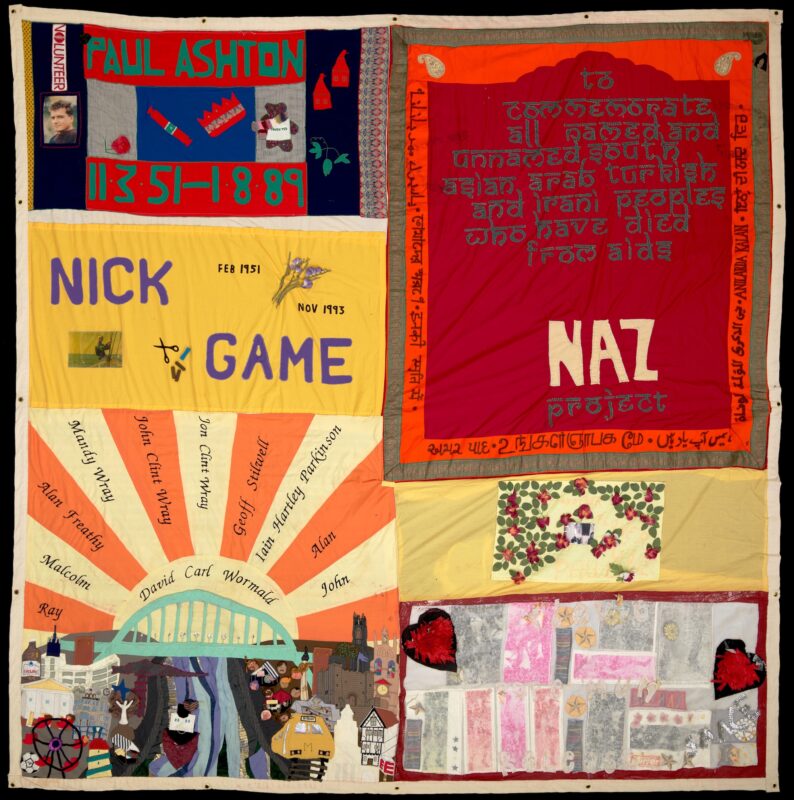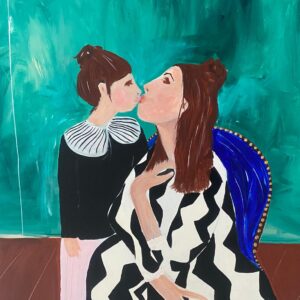The Abakans were a kind of bridge between me and the outside world. I could surround myself with them; I could create an atmosphere in which I somehow felt safe because they were my world.
Magdalena Abakanowicz
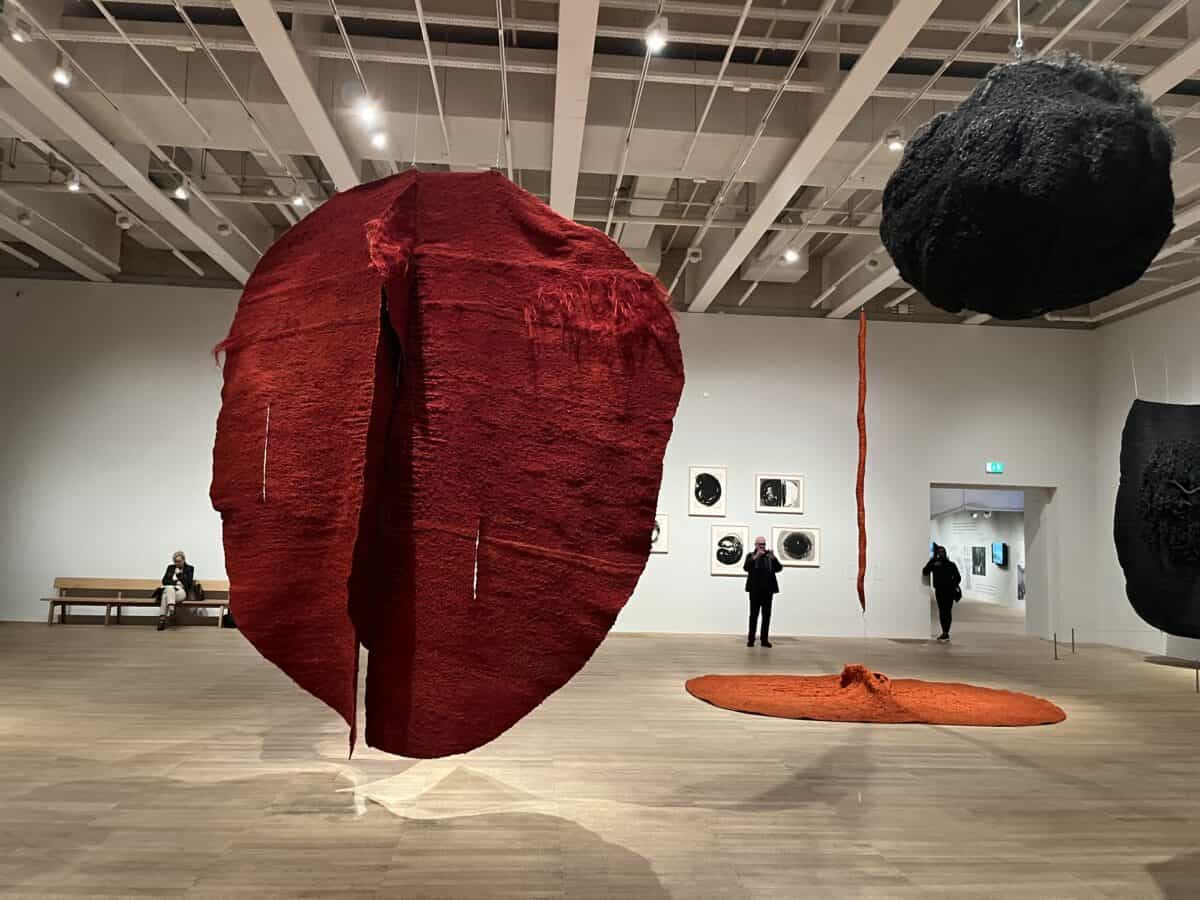
Tate Modern offers a rare opportunity to explore an extraordinary body of work by Polish artist Magdalena Abakanowicz known as Abakans. Made of organic materials such as horsehair, sisal and hemp rope, these complex three-dimensional forms broke new ground for art in the 1960s and 70s. Bringing together 26 of these radical works for the first time in the UK, the exhibition presents a forest of towering sculptures, enabling visitors to explore their ambiguous forms and earthy scents.
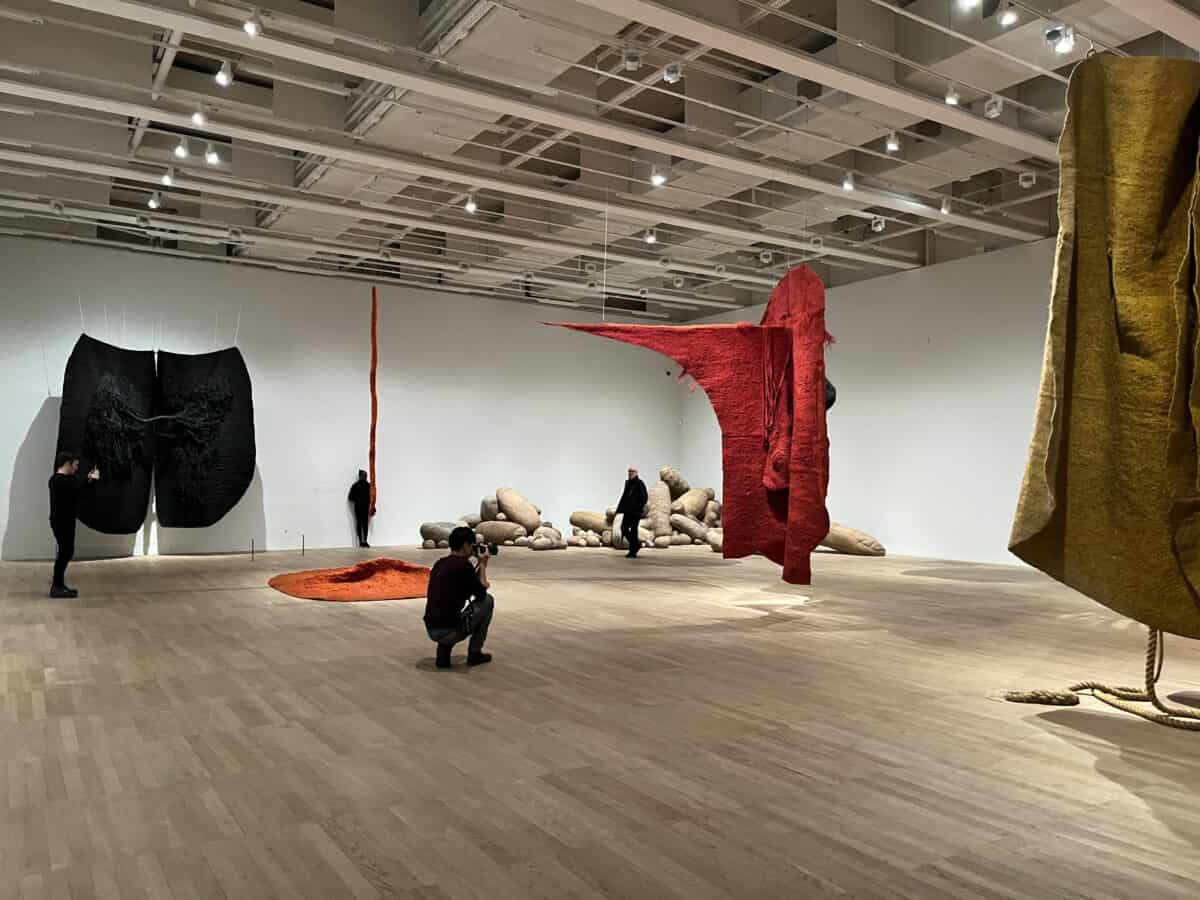
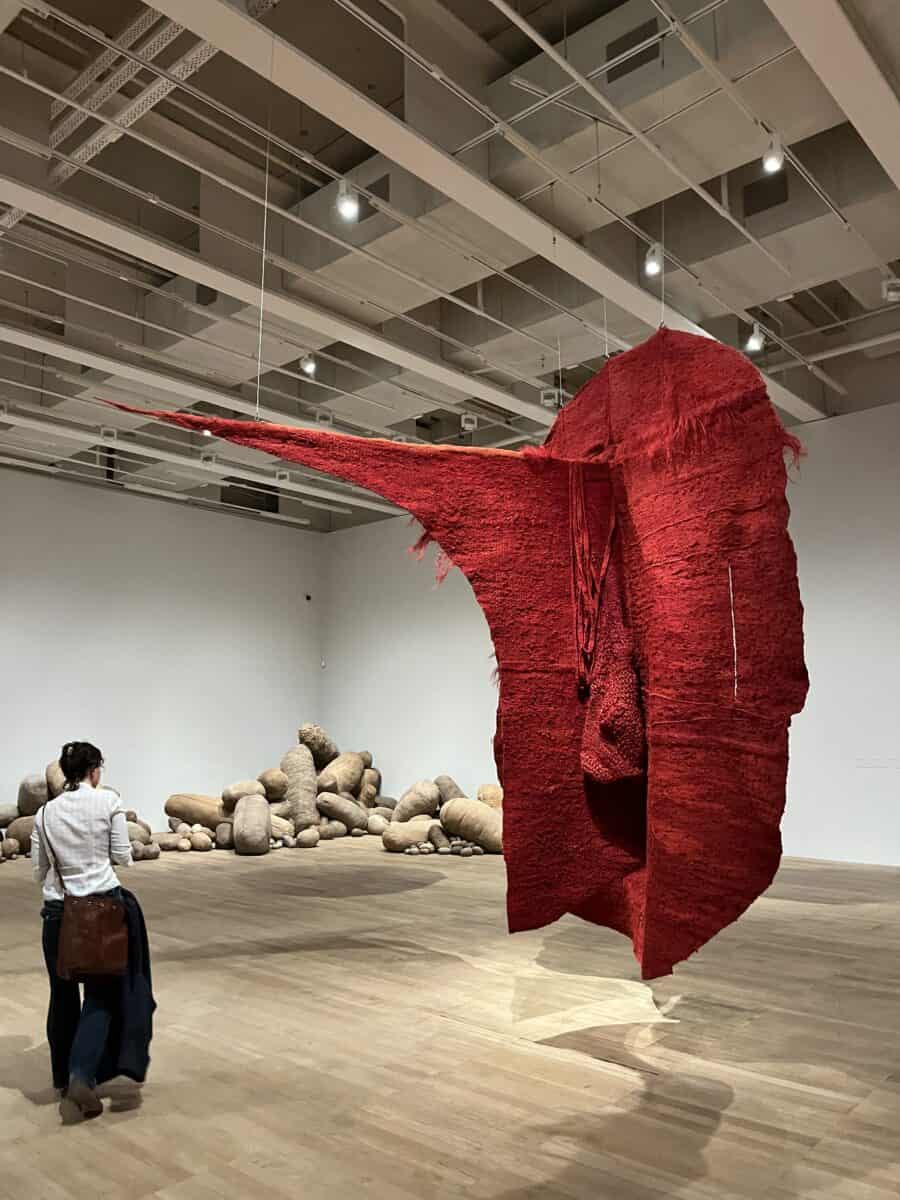
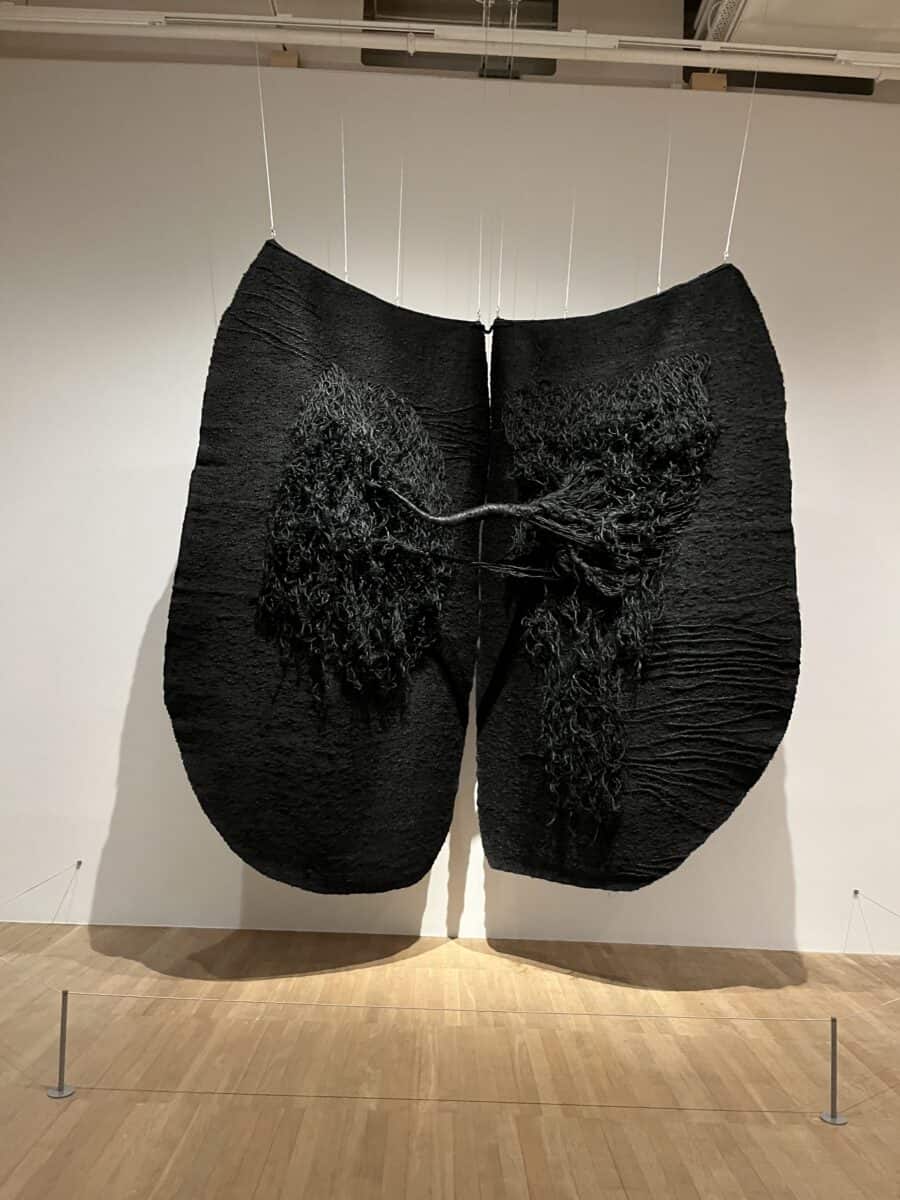
With a career spanning over 50 years, Magdalena Abakanowicz (1930-2017) changed what it meant to be a sculptor and led the way for other artists working with fibre. Having grown up among the rural landscapes outside Warsaw, Poland, she took inspiration from the myth, folklore and spirits of the forest – themes that would eventually lead the artist to create new worlds through her work. Although she came of age during the traumatic events of World War II and later lived under the restrictions of an oppressive Communist regime, Abakanowicz was determined to engage on a global scale. Gaining international recognition by 1970 for her revolutionary installations, she went on to cross the Iron Curtain more than any other artist, participating in hundreds of exhibitions worldwide.
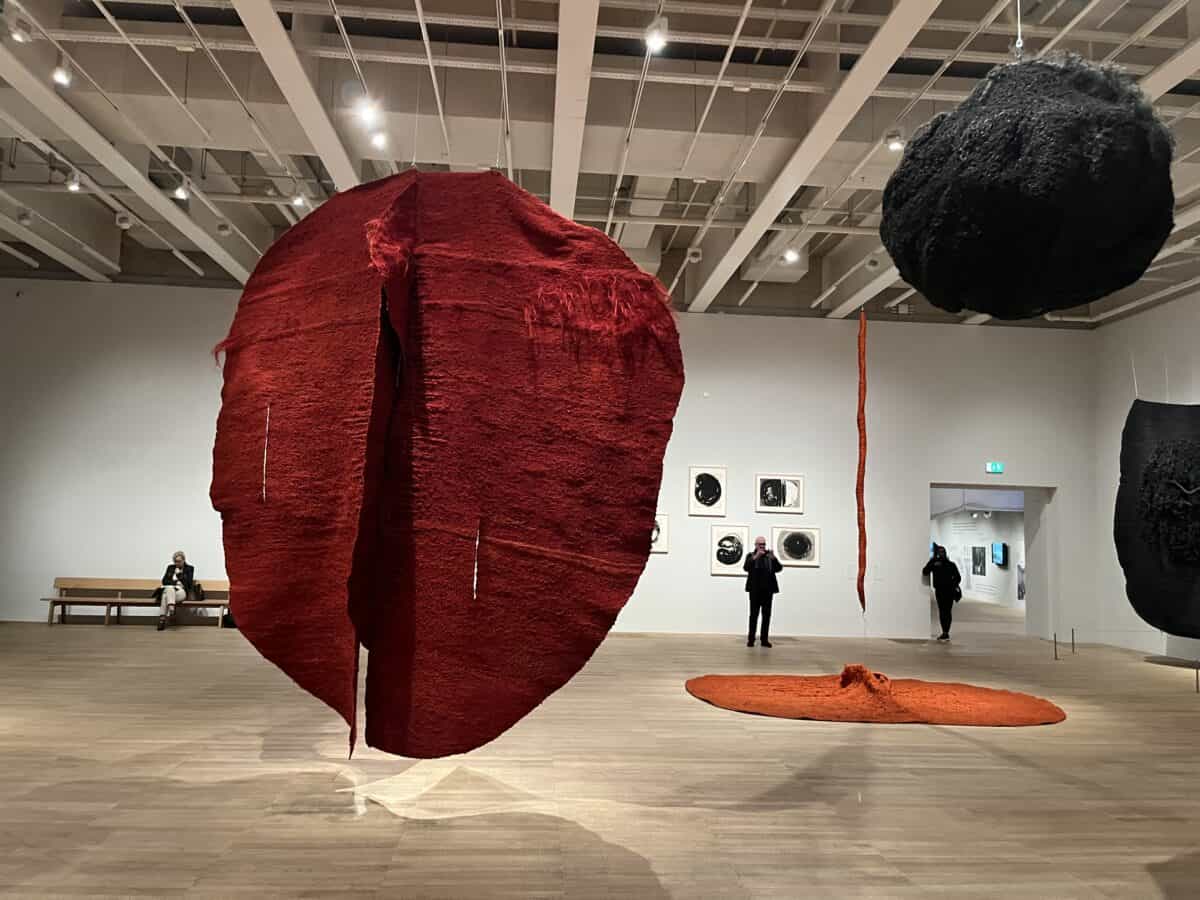
Choosing to reject the restrictive definitions of art and craft inherited from previous generations, Abakanowicz created trailblazing fibre installations that were a radical departure from the traditional tapestries produced in Western Europe. Deriving their name from the artist’s own family name, Abakans astounded critics when they were first presented in the late 1960s. Some measuring over five metres tall and displayed far from the stability of the gallery wall, these free-hanging woven forms did not appear as either sculpture or tapestry. Instead, they formed relationships in space and with the bodies of the viewers around them.
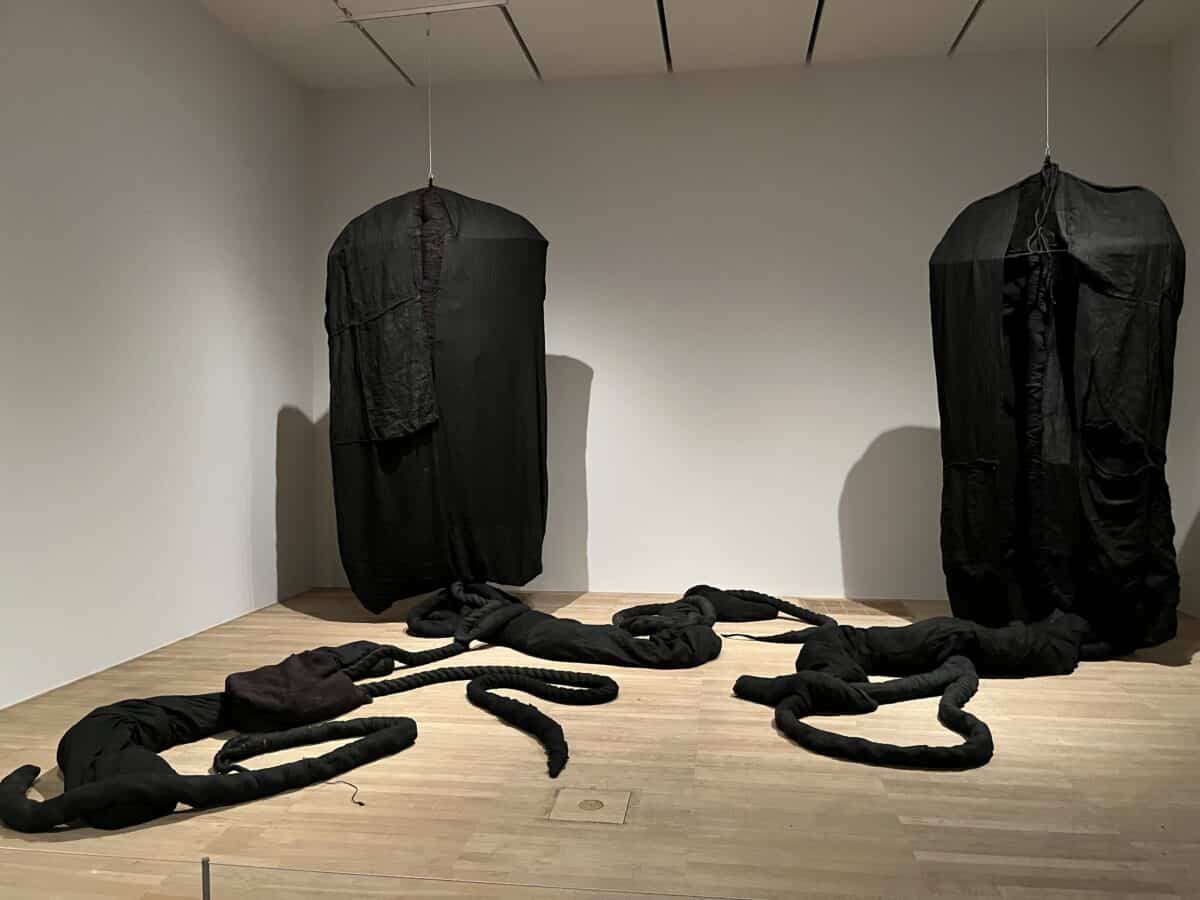
Honouring the artist’s wish for her Abakans to be seen and experienced as living works, visitors to Tate Modern will weave throughout a fibrous sculptural landscape. For the first time, Tate Modern charts the development of these ambitious works, exploring how Abakanowicz’s painted textiles from the mid-1950s transformed into the suspended, multi-faceted shapes of Abakan étroit 1967–8 and the monumental Abakan Red 1969, before eventually becoming full scale environments as seen in Set of Black Organic Forms 1974. Works such as Abakan Yellow 1970 and Abakan – Situation Variable II 1971 incorporate rope, spilling from the sculptures onto the floor. Rope became a key component of Abakanowicz’s organic environments, leading the viewer through gallery and city spaces in her works of the early 1970s.
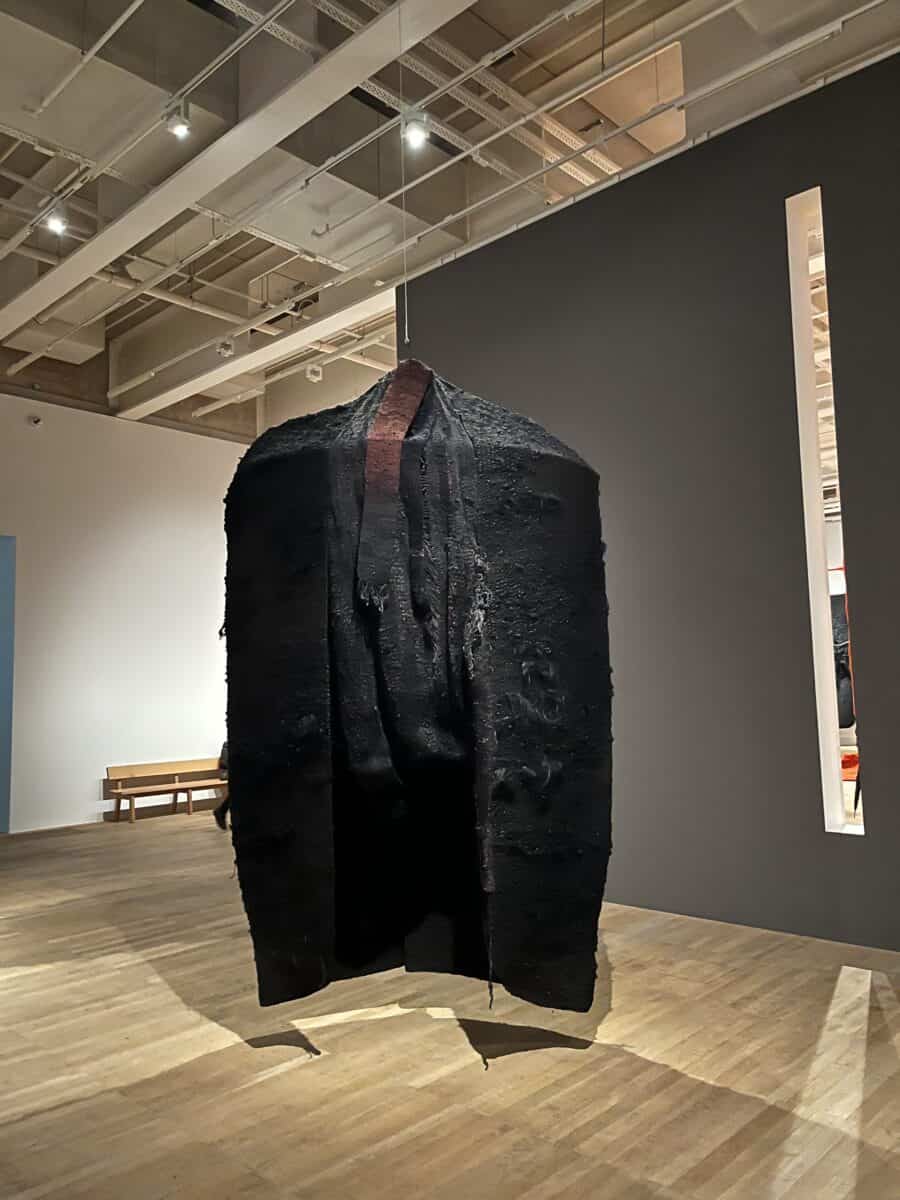
Filled with richly evocative textures and shapes, the exhibition reveals a close connection between these raw forms and both the human body and earth around us. As described by Abakanowicz herself,
it is from fibre that all living organisms are built, the tissue of plants, leaves and ourselves. Our nerves, our genetic code, the canals of our veins, our muscles. We are fibrous structures.
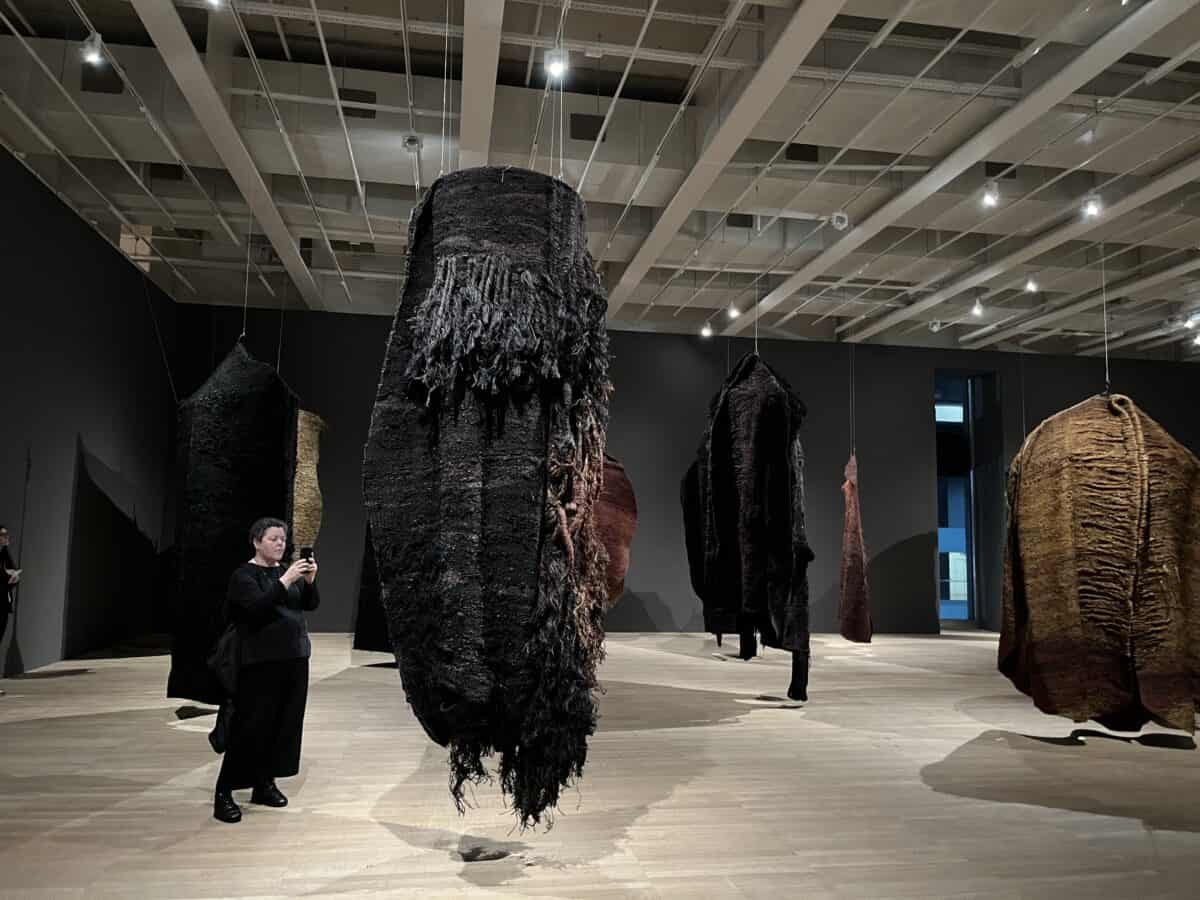
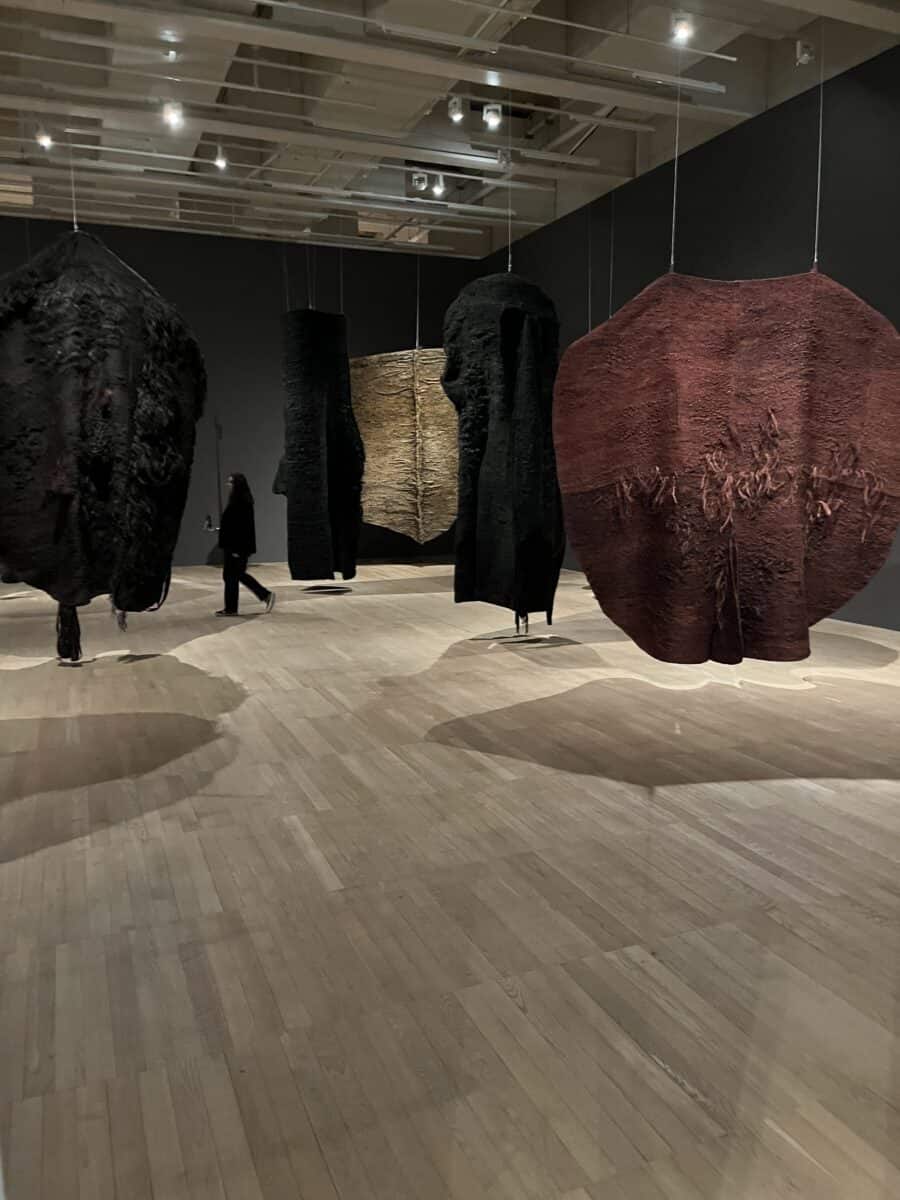
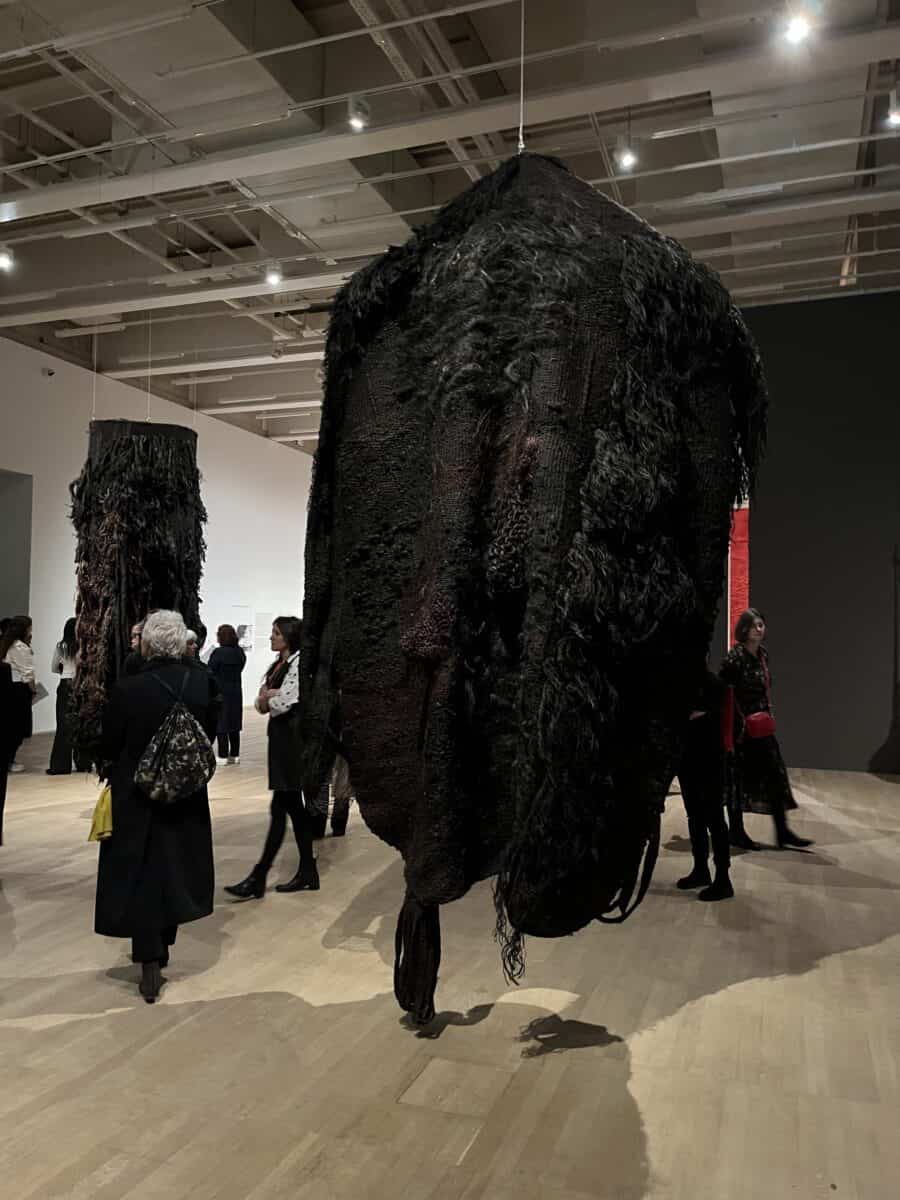
Magdalena Abakanowicz is curated by Ann Coxon, Curator, International Art, Tate Modern, Mary Jane Jacob, Independent Curator and Dina Akhmadeeva, Assistant Curator, International Art, Tate Modern. The exhibition is organised by Tate Modern in collaboration with the Fondation Toms Pauli at the Musée cantonal des Beaux-Arts de Lausanne/Plateforme 10 and Henie Onstad Art Centre, Høvikodden. It is supported by the Abakanowicz Arts and Culture Charitable Foundation with additional support from the Magdalena Abakanowicz Exhibition Supporters Circle, Tate International Council, Tate Patrons and Tate Members. An accompanying exhibition catalogue offers further research on Magdalena Abakanowicz’s work with new, scholarly essays from a range of authors, including the curators of the exhibition.
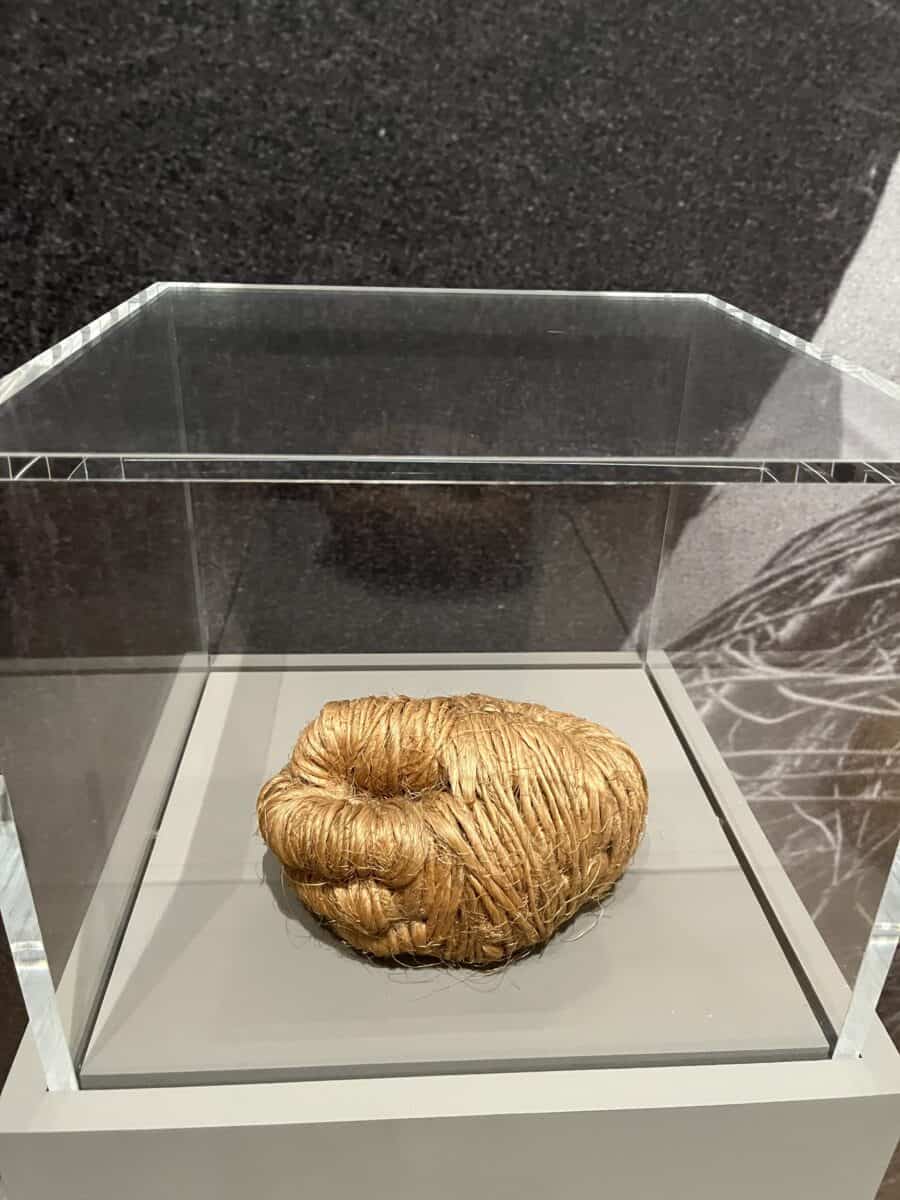
Magdalena Abakanowicz, Every Tangle of Thread & Rope, 17th November 2022 – 21st May 2023 tate.org.uk #MagdalenaAbakanowicz
About the artist
Magdalena Abakanowicz was born in Falenty, Poland in 1930 and graduated from the Academy of Fine Art, Warsaw in 1954, having studied painting and weaving. In 1962 she gained recognition outside Poland at the 1st International Tapestry Biennial in Lausanne. In 1965 she won the Gold Medal in Applied Arts at the São Paulo Biennial. This prestige brought her an appointment as professor, heading the weaving studio at the Pozna? art academy until 1990 (in 2020 it was renamed the Magdalena Abakanowicz University of Arts).
While her invention of weaving methods alongside known techniques led to critics to call her rectangular wall works Abakans as early as 1964, this uniquely personal term became identified with her more radical, fully three-dimensional forms beginning in 1967. The 1970s saw an expansion into environmental installations with shows in Europe, the US, and Australia, culminating with her in command of the Polish Pavilion at the 1980 Venice Biennale where Embryology – 800 soft sculptures which feature in the Tate collection as well as this exhibition – were first exposed. There, too, were her iconic Backs (40 are in the Tate collection) which, along with Heads and Seated Figures, comprised her Alterations series begun in 1973 in which she employed burlap sacking. This led to her formidable Crowds of headless figures, always striving to show individuality in spite of multiplicity, leading her in later decades to create herds of mutant mammals and flocks of bomber-like birds.
As materials expanded, she undertook the War Games series (1987-1995) in which she simultaneously transformed fallen trees into weapons and human bodies; one of these works Anasta (1989) is shown in the exhibition. She also undertook outdoor projects, resulting in over a dozen permanent monumental works worldwide which, according to the site and history of the place, took on abstract or figurative form and were composed of ancient stone, concrete, cast iron or bronze. Abakanowicz continued to live in her home-studio with her husband Jan Kosmowski until her death in 2017.
